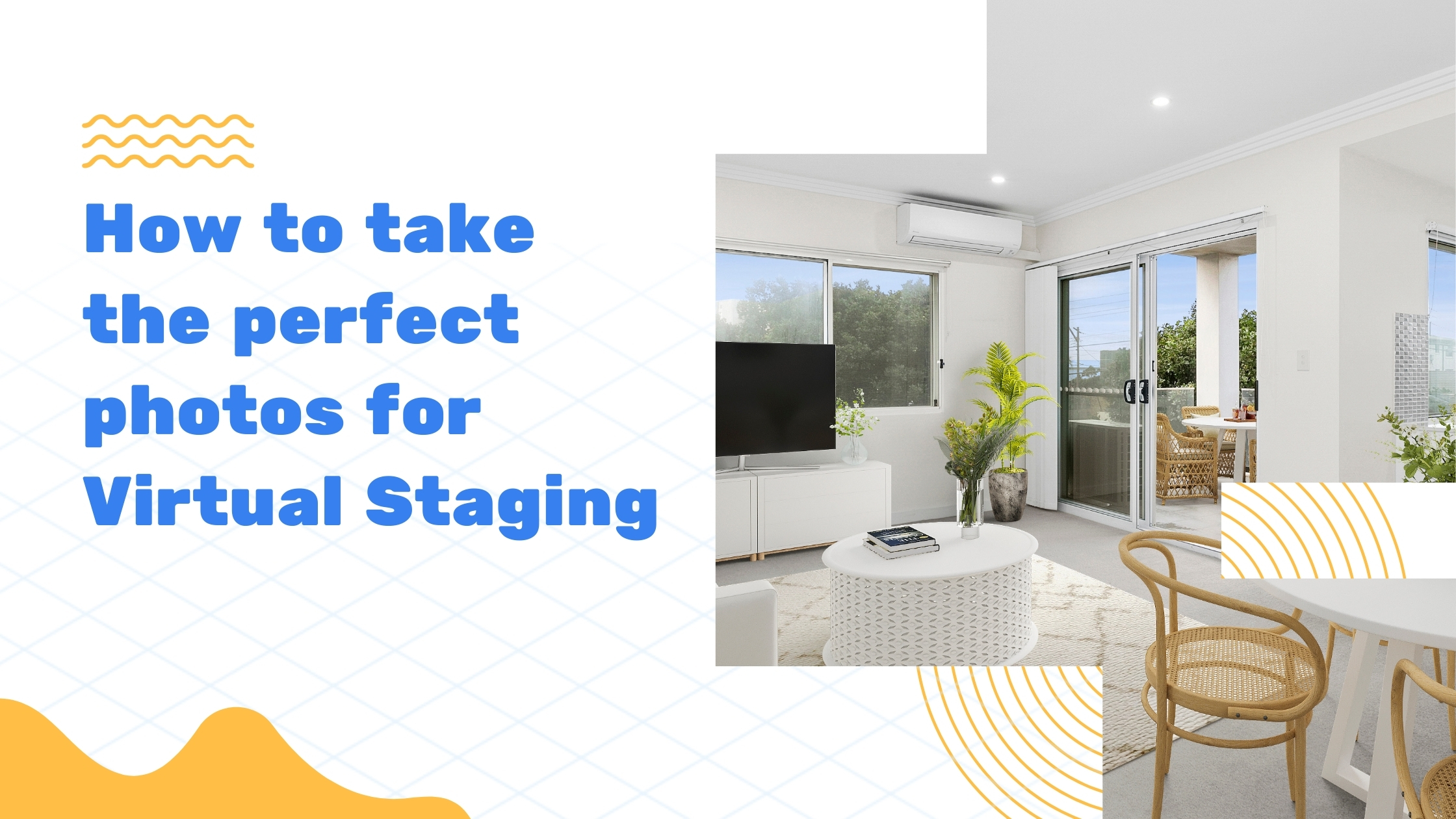Contents
Unlock the Power of Real Estate Virtual Staging

In the world of real estate, the ability to make potential buyers visualize themselves in a new home is paramount. Real estate virtual staging provides an innovative way to bring an empty house to life, quickly, easily, and affordably. This article delves into virtual staging techniques, offering valuable insights and best practices.


Virtual staging involves skilled digital designers who create lifelike furniture, decor, and accent pieces, seamlessly integrating them into images of vacant rooms. This modern approach has made virtual staging in real estate photography a faster and more cost-effective alternative. Learn more about the advantages of virtual staging in this article.
💡 Tips for Real Estate Virtual Staging:
1. Ensure Top-Quality Photos
When engaging in real estate virtual staging, it is crucial to produce top-quality images. Since virtual staging furniture is designed to mimic real furniture closely, only high-resolution photos will capture the essence. Using an iPhone with its advanced camera capabilities ensures that your images don’t appear fake or artificial.
2. Utilize High Dynamic Range (HDR)
The varying lighting conditions in real estate photography necessitate using HDR imaging. An iPhone with its built-in HDR capability allows for capturing images with a range of exposures, emphasizing every detail beautifully. This approach ensures the image is perfect for virtual staging, creating a harmonious blend between light and shadow.
3. Illuminate the Room


Lighting plays a vital role in real estate virtual staging. Turning on all the lights in every room creates a more natural and inviting atmosphere. This enhances the viewer’s experience and aids the virtual stagers in managing shadows and shading, resulting in a realistic portrayal of the space.
4. Maintain Rooms as Empty as Possible
To give virtual staging artists a blank canvas to work on, keep rooms as empty as possible. Remove extra furniture, decorations, toys, and clutter. The goal is to allow the virtual stager to bring the room to life without real-world distractions that might hinder their creativity. We can do Object Removal for your photos.
5. Landscape Orientation is Key
Orientation matters when it comes to real estate virtual staging. Being wider than they are tall, landscape shots offer a broader view of the space, enabling designers to utilize the maximum area for virtual furniture. This orientation also aligns well with major real estate websites like Zillow.
6. Capture the Whole Room


Positioning your iPhone camera slightly off the corner of the room allows for the inclusion of prominent features like fireplaces, windows, or built-in shelves. By capturing as much of the room as possible, you provide a comprehensive view that helps the virtual stager to create a coherent and appealing image.
7. Choose the Right Lenses
Lens selection is vital in real estate virtual staging. Avoid lenses that cause distortion, such as fish-eye or ultra-wide-angle lenses. Lenses between 18 mm and 200 mm are typically ideal, as they represent the space accurately without exaggerated perspectives.
8. Focus on More Room, Less Ceiling
Most furniture and decor will be placed on the floor and walls in virtual staging. Therefore, images should show twice as much floor and wall area as the ceiling. This balance ensures enough room to add virtual furniture and make the staging appear genuine.
9. Utilize the “Golden Hour”


The “golden hour” provides optimal lighting for real estate virtual staging. Shooting during dawn or twilight creates soft and even illumination without harsh shadows or overexposure. Be mindful of windows facing east or west, as they can create unwanted effects.
10. Select Your Best Images
Quality over quantity applies to selecting images for virtual staging. Take numerous photos from different angles and with varied settings, but be selective in choosing the best one or two shots for each room. This careful selection ensures that the staging process applies only to the most suitable images, saving time and resources.
Conclusion
Real estate virtual staging has revolutionized how potential buyers view homes. With the proper techniques and attention to detail, you can create engaging and realistic visuals that could translate to quicker sales. For further reading on related topics, visit our blog page.
With services like Virtual Tours Creator, you can get virtual staging done within 24 hours, making the process seamless and efficient.


